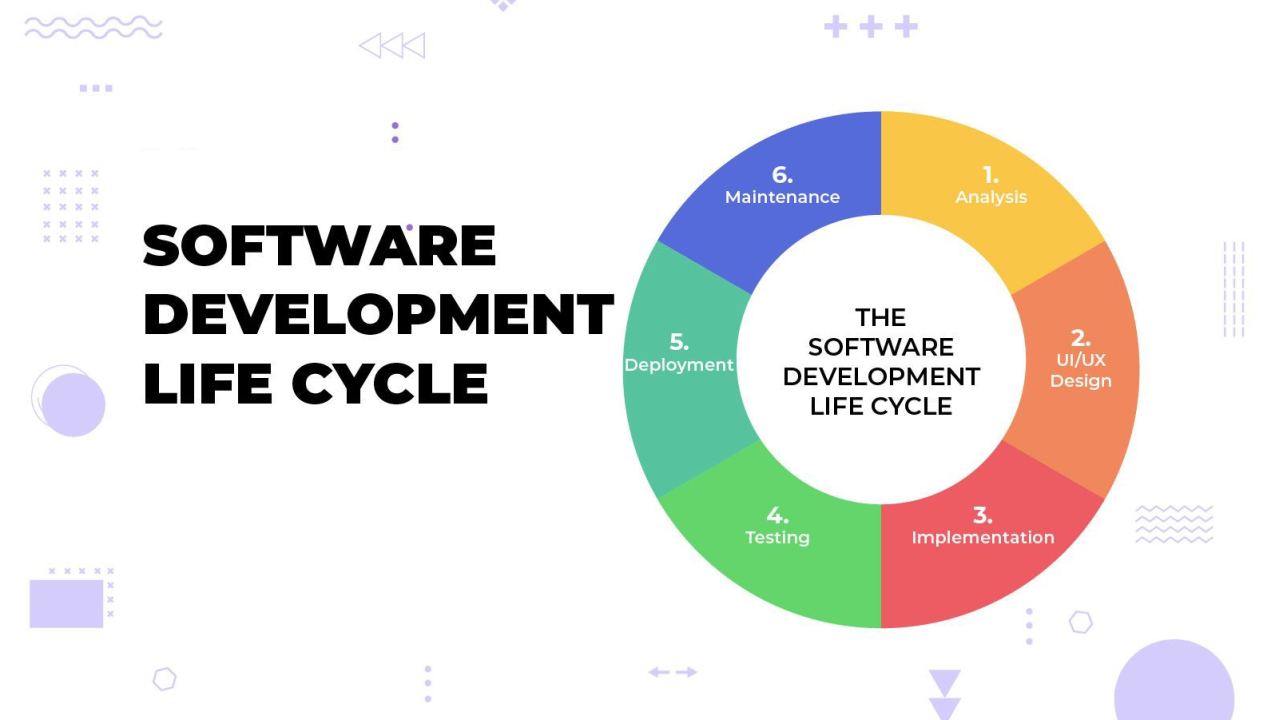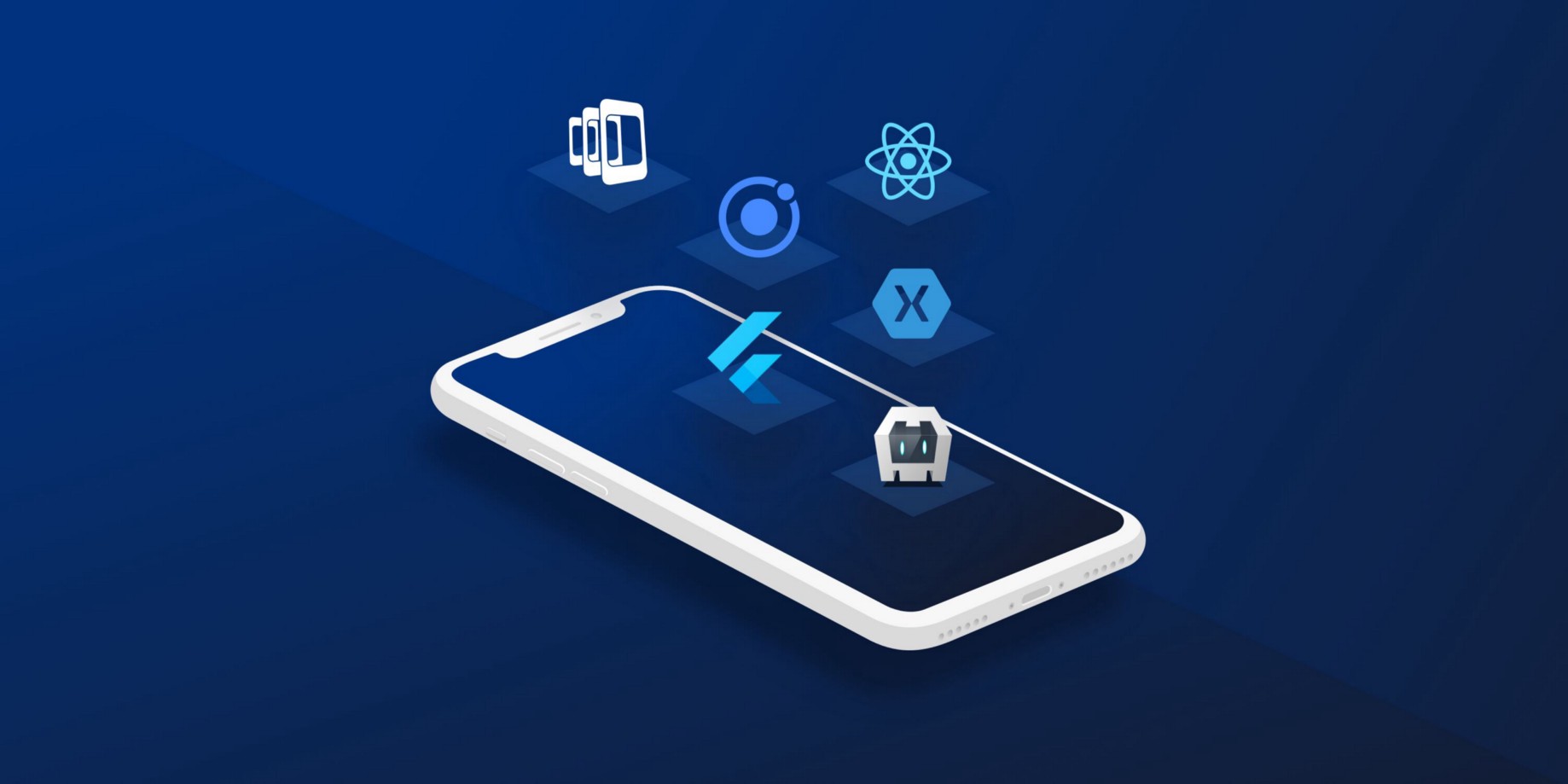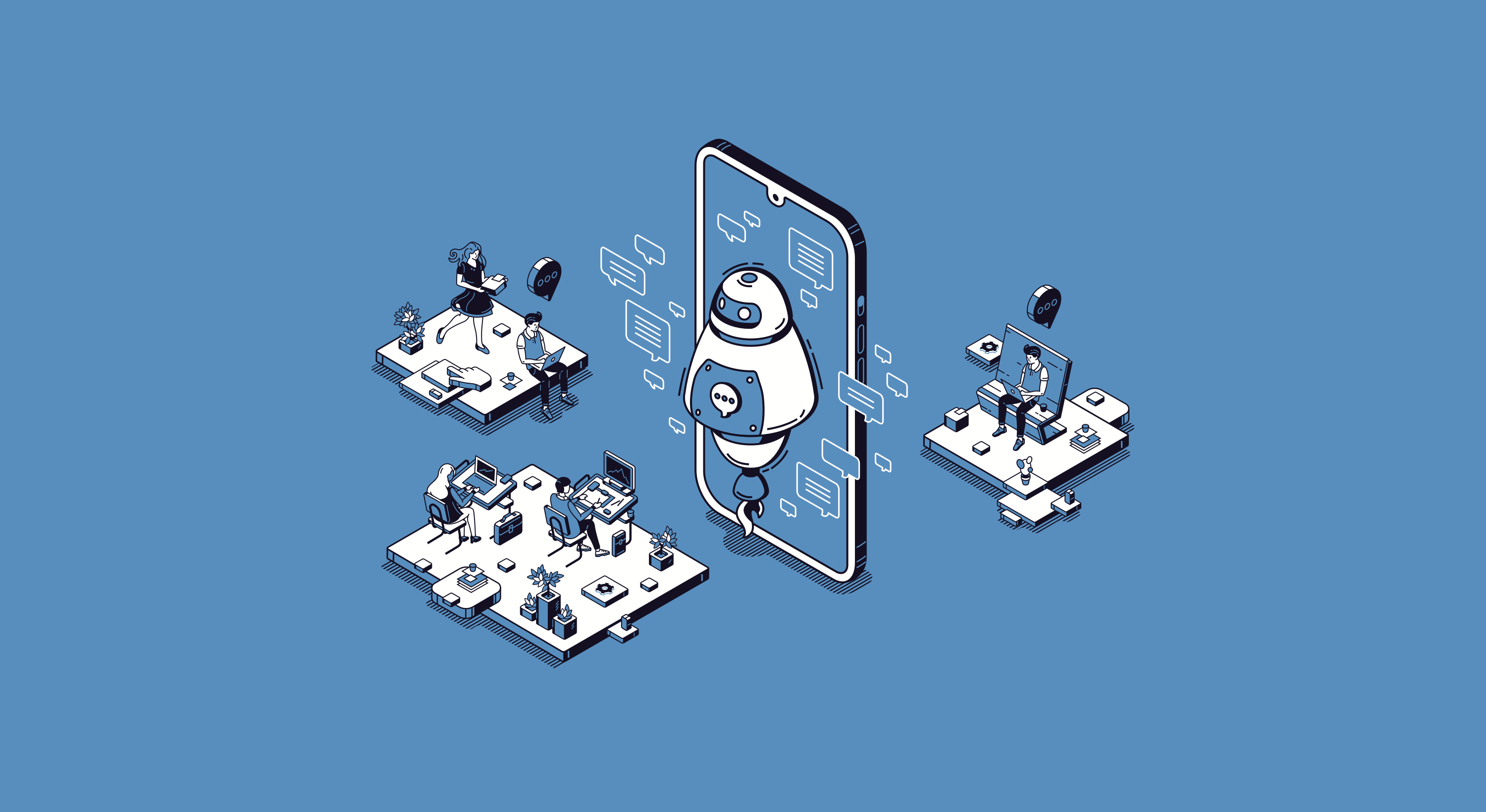What is software development life cycle (SDLC)? The most popular SDLC models

Technology is increasingly developing, software is increasingly given priority to support human activities. Software development has become popular. SDLC - Software Development Life Cycle is of interest to many organizations.
Software development life cycle (SDLC) definition
Software development cycle - SDLC stands for Software Development Life Cycle. This is an efficient cycle for building software that includes direction and control from the inception to launch and maintenance of the software. The purpose of SDLC is to ensure that software is developed on schedule, ensuring quality that meets user needs. It is an overall process for software development that helps developers, project managers, and other project stakeholders work effectively together.
The importance of SDLC
Software development is a long process and can encounter problems such as: changing requirements, upgraded technologies or changes from cross-functional collaboration. At this time, SDLC will promote its role to meet the requirements of customers using the software, ensuring the reputation and performance of the software.
- Ensuring flexibility: ensuring flexible software development process, customized according to changes from customer requirements or external environmental impacts.
- Quality assurance: applying software quality control standards and processes, implementation time. Ensuring software is built to meet the highest quality standards.
- Risk mitigation: The software development cycle monitors the software process and applies safety standards and procedures. Ensure the security and reliability of the software.
- Save time and costs: help optimize the software development process. Minimize software development time and costs.
Phases of software development life cycle
To build an application or software, there needs to be a systematic process. Following the systematic stages of software development will help software developers ensure the development process, increase efficiency and productivity.
Phase 1: Planning and requirements analysis
This stage is quite important to determine customer requirements. This phase of the SDLC will record contributions from relevant parties such as customers, sales staff, industry experts, etc., thereby identifying the correct problem being encountered and then providing strengths and weaknesses. Weaknesses of the current system. This information will then be used to plan the basic project approach and conduct product feasibility studies.
The planning phase ensures quality and identifies risks associated with the project. Results from product feasibility studies to identify different technical methods that can be applied to minimize risks as much as possible.
Phase 2: Analyze and determine requirements
Once requirements analysis is performed, developers need to accurately and clearly define product requirements and obtain customer approval. SRS documents – software requirements specification will include all product requirements designed and developed during the project life cycle.
Phase 3: Design
After having the SRS document - product developers will rely on it to come up with the best architecture for software development. Based on the specified requirements, design methods will be devised and documented in the DDS – design document specification.
The DDS is reviewed by all stakeholders. Parameters: product durability, design modules, budget, time, design method, etc. are all important factors to assess the risk of a software development project.
The design approach will clearly define all modules, the product architecture along with data flow representation and communication with external modules and third parties (if any). The internal design of all modules in the proposed architecture must be clearly defined with the smallest details in the DDS.
Phase 4: Programming
During this phase of the SDLC, programming and product activities begin to be built. Programming code is generated according to DDS. If the design phase is carried out in detail and accurately according to the procedure, code generation will become simpler and not cause too much trouble.
Software developers need to follow coding guidelines and programming tools such as compilers, interpreters, debuggers, etc. are used to generate code. Different programming languages such as C, C++, Pascal, Java and PHP are used for coding. Each programming language will be selected appropriately according to the type of software being developed.
Phase 5: Testing
Testing is present in almost every phase of SDLC. However, this phase 5 is an important and separate phase dedicated to product testing. Detected software defects will be reported, monitored, repaired and retested until the software meets the quality and standards defined in the SRS.
Phase 6: Deployment and maintenance
After quality assurance after the testing phase, the software is ready for deployment. It will be officially released on the appropriate market. This implementation will also depend on the business strategy of the organization or business using the product. First, the software can be released in a limited segment and tested in a real business environment (UAT – user acceptance testing). Based on feedback from UAT, the software can be released as planned or with additional improvements and modifications suggested in the target market segment.
During the process of operating and using the software, problems that arise or unexpected errors will be limited thanks to the maintenance phase. This group has the role of resolving arising problems and managing software changes. Additionally, the team's role is to monitor user experience, security, and overall system performance to identify ways to improve existing software.
SDLC models
Waterfall model
Waterfall is one of the oldest and most classically structured methods. The Waterfall model arranges the stages in sequence, the following stages will depend on all the information and results of the previous stage. Like a flowing waterfall, the process cannot go back to a previous stage.
models of software development life cycle
- Advantages: Easy project management and clear results at the end of each phase.
- Disadvantages: Less likely to make changes after a phase is considered complete, these changes can impact time, cost and quality of the software.
-> Suitable for small software deployment projects.
>>> Read more: Waterfall model: An ultimate guide updated in 2024
Iterative model
Instead of starting with complete requirements, the iterative model develops a set of software requirements, then tests and evaluates, determining the next requirements. Each phase or iteration will be a new version of the software. The process will be repeated until a complete system is obtained.
- Advantage: Easily identify possible risks when requirements may change between iterations.
- Disadvantage: Repetitive cycles can lead to scope changes and resources are quickly consumed.
Spiral model
This is one of the most flexible methods. The Spiral model is inspired by the repetition model. The project will go through sequential stages that are repeated in a "spiral" shape until completed. This model can be used to ensure gradual release and incremental improvement of the software by building prototypes at each stage.
- Advantages: Suitable for large, complex projects that require frequent changes.
- Disadvantages: The model is large and expensive, not suitable for small projects and has limited scope.
Agile model
The agile model organizes SDLC phases into multiple development cycles. The model creates continuous releases, each with small, evolving changes compared to the previous release. Each time it is released, the product is tested and evaluated in detail. This is the model that is considered to be the most effective.
- Advantages: Rapid development cycles help teams identify and solve problems in complex projects from the ground up. Collect feedback from users throughout the project to improve product quality. Besides, Agile model has many benefits like simplicity, delivering working software frequently, and promoting sustainable development for you to leverage.
- Disadvantage: Relying too much on user feedback can lead to excessive changes to the project scope.
Above is some basic information about SDLC (software development cycle). Hopefully with the information Axalize just shared, you will have more perspective to choose the most suitable software development method for your business or organization.
Information about technology solutions and software is continuously updated at: https://axalize.com/insights


